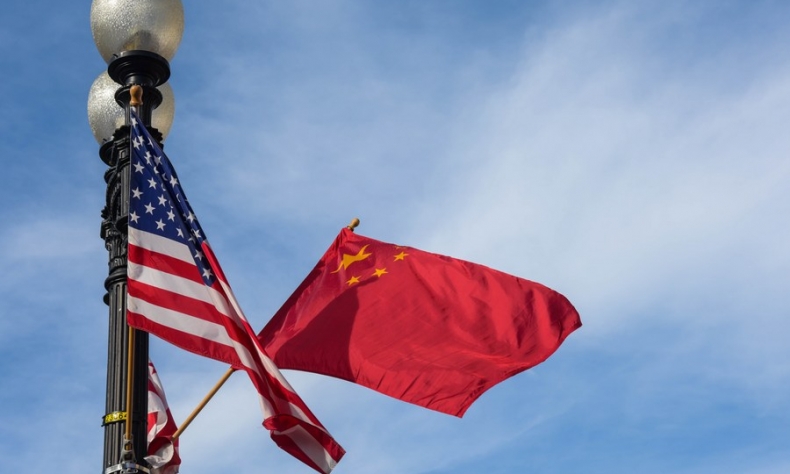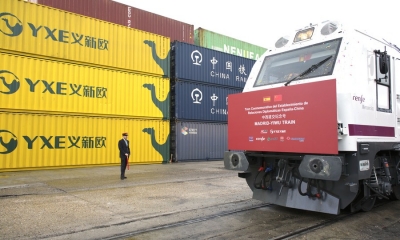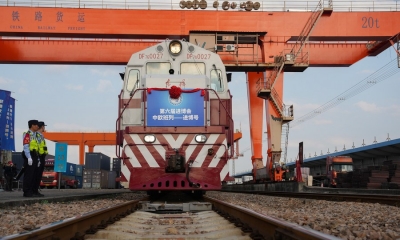US-China Dialogue Offers Bottom Line on Strained Relations

It’s time to hit the reset button and begin the climbdown from a set of grave tensions, and move toward a mature, stable and productive relationship which may not solve all the current problems, but can at least put adults in the room.
Next week, U.S. Secretary of State Antony Blinken and National Security Advisor Jake Sullivan are set to meet their Chinese counterparts in Anchorage, Alaska, in what will be the first official meeting between the two countries since President Joe Biden took office in January. It comes despite the difficult domestic political context in the United States, where the new administration has been under pressure to be “tough” on China.
Following the events of the past year, this is a much-welcomed meeting. It won’t resolve all the problems in the U.S.-China relationship – it might not even scratch the surface – but, it ought to immediately establish a bottom-line stability that has been dangerously lacking between the two countries owing to the behavior of the previous Trump administration. Ultimately, despite differences, the global community has a great deal to lose from outright U.S.-China confrontation and the goal must be to learn to co-exist, manage relations and cooperate in areas of shared interest.
The preceding Trump administration effectively bulldozed the relationship between the U.S. and China. Depicting ties with Beijing in simplistic, uncompromising, win-lose terms, the White House dismissed all engagement as detrimental to its interests, advocating complete decoupling between the two major economies and espousing what was described as a “Cold War” mentality. This stance was dangerous as it promoted global instability, uncertainty and chaos, upheaving the international order.
On such a premise, it is no surprise that the Biden administration has moved quickly to discard the worst elements of Trump’s China policy. Although the last administration dug its heels in hard in order to preserve its “tough” legacy, politically boxing in Biden in a number of areas, the new White House has at least taken the pragmatic steps of not streamlining the U.S. relationship with China into a zero-sum conflict, and has toned done the rhetoric accordingly. The redesignation of U.S. foreign policy toward “great power competition” and the rendering of a “rival” will certainly not change, but there is still scope for change in the methodology with which the two countries conduct themselves.
Just because the U.S. and China disagree in certain areas, does not mean that they can exercise what might be known as “strategic restraint”– the ability to co-exist and manage relations with other powers accordingly without upsetting the broader balance and provoking globally damaging uncertainties. Any sport, for example, is competitive. However, games such as football are managed according to rules. The teams compete in a fair, stable and sportsmanlike way even though each seeks to win. The U.S.-China relationship cannot be premised on strategic affinity anymore, but a bottom line can be drawn which can help alleviate tensions and create common ground to work on.
Beijing ultimately wants to promote cooperation with America, not confrontation. It rejects the Cold War approach of Trump. For the Biden administration, there is pressure to appear “tough” and press China on certain issues, but this is not likely to upend any negotiations behind closed doors. The meeting should ideally act as an “ice breaker” and help create diplomatic clarity and patience over a number of matters. This is something China will embrace and make the most out of.
Whichever way you look at it, the China-U.S. relationship remains the most important and high-stakes diplomatic relationship in the world. It’s time to hit the reset button and begin the climbdown from a set of grave tensions, and move toward a mature, stable and productive relationship which may not solve all the current problems, but can at least put adults in the room.
 Facebook
Facebook
 Twitter
Twitter
 Linkedin
Linkedin
 Google +
Google +







